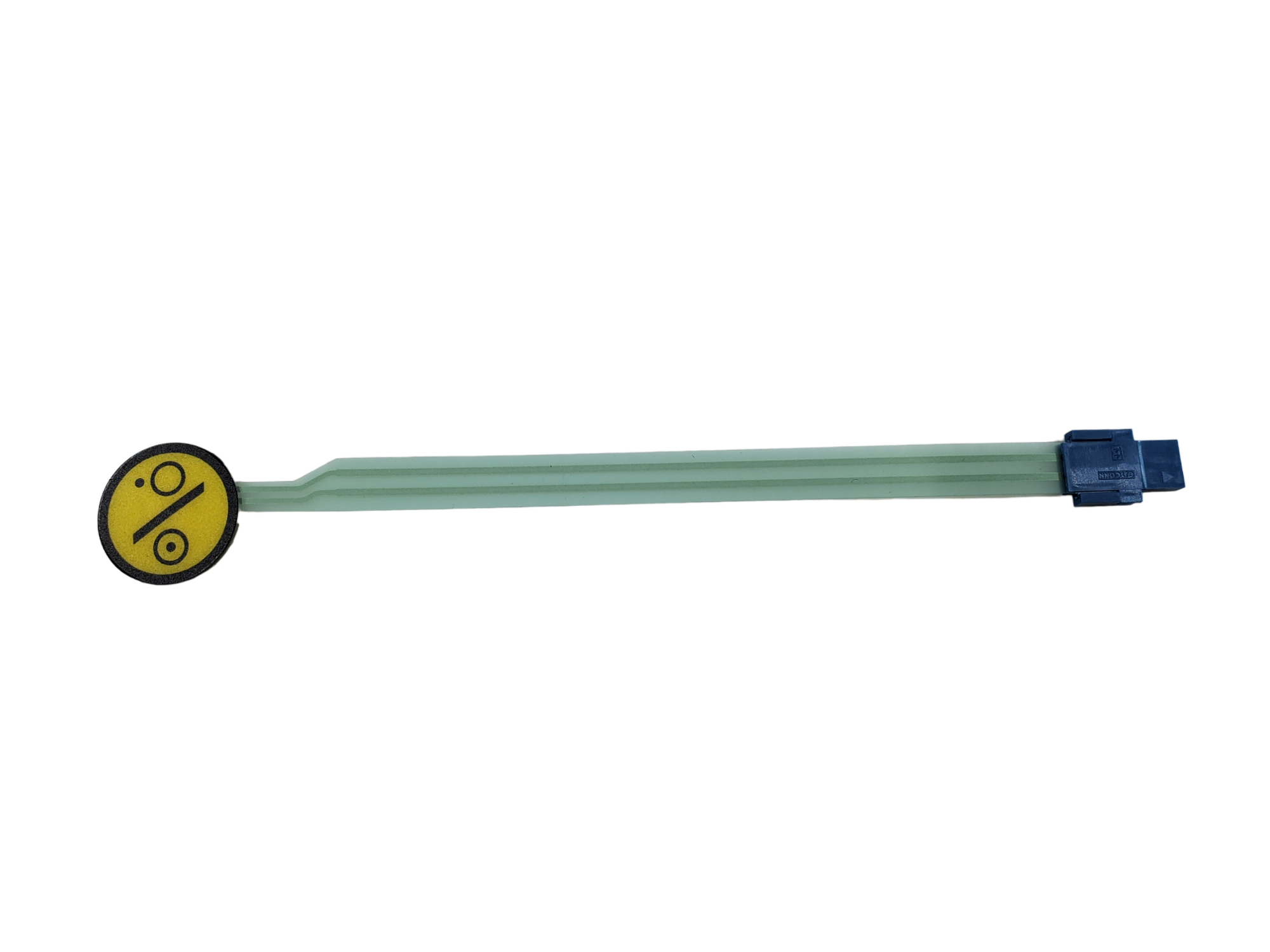Membrane Switch: Reliable, Cost-Effective, and User-Friendly Control Systems
Membrane Switch: Reliable, Cost-Effective, and User-Friendly Control Systems
Blog Article
Understanding Membrane Layer Switches: The Secret to Durable and Trustworthy Controls

What Are Membrane Switches?
Membrane switches are an advanced remedy in the world of user interface technology, integrating performance and style flawlessly. These tools offer as a user interface in between customers and electronic systems, incorporating numerous elements into a portable layout. Typically constructed from flexible, thin layers of materials, membrane switches are designed to respond to touch, allowing individuals to communicate with machinery and electronic devices efficiently.
The primary elements of a membrane button consist of a published circuit layer, graphic overlay, and a spacer layer that avoids unintentional activation. The graphic overlay can be customized to reflect brand name identification or individual preferences, enhancing visual appeals while guaranteeing usability. Membrane layer buttons are frequently used in various applications, consisting of clinical devices, consumer electronic devices, and commercial equipment, owing to their resilience and resistance to ecological aspects such as wetness and dust.
Among the crucial advantages of membrane layer switches is their ability to hold up against deterioration, making them optimal for high-traffic environments. In addition, they are lightweight and require minimal room, enabling for innovative layouts in product development. Generally, membrane switches over represent a sensible and effective choice for modern-day electronic user interfaces, marrying innovation with user-centric design concepts.
How Membrane Switches Over Work
The operation of membrane changes joints on a simple yet efficient system that converts user input into electronic signals. When an individual presses the button, the leading layer deforms, allowing a conductive aspect in the circuit layer to make call with an equivalent conductive pad on the bottom of the graphic overlay.
The design of membrane switches can vary, however they usually incorporate domes or tactile elements to offer comments to the customer, boosting the total experience - membrane switch. The products used in membrane buttons, such as polyester or polycarbonate, contribute to their resilience and resistance to environmental aspects, consisting of wetness and dirt. Moreover, the published circuits are normally enveloped, which shields them from damage with time.
Advantages of Membrane Layer Buttons

In addition, membrane layer buttons are recognized for their resilience. Built from robust materials, they are resistant to dust, wetness, click this site and physical wear, which dramatically expands their life-span contrasted to conventional mechanical switches. This resilience makes them specifically suitable for high-traffic environments and applications requiring longevity.
Another significant benefit is the ease of cleaning and upkeep. The smooth surface area of membrane layer switches over lessens dirt build-up and is commonly invulnerable to spills, making them suitable for setups that need frequent sanitization.
Furthermore, membrane buttons supply a structured profile, resulting in a thinner design that can be incorporated right into different devices without adding mass. This function not only enhances the visual charm however also adds to a much more ergonomic product design.
Applications of Membrane Layer Switches
Versatile and straightforward, membrane buttons discover applications across a vast variety of industries, consisting of medical devices, customer electronics, and commercial devices. In the medical area, these switches are indispensable to gadgets such as diagnostic devices, patient surveillance systems, and infusion pumps, where integrity and simplicity of cleaning are important. Their capability to maintain and stand up to severe settings functionality makes them excellent for such applications.

In customer electronics, membrane layer buttons are used in items like microwaves, cleaning devices, and remotes - membrane switch. Their sleek style enables intuitive interface, boosting the overall user experience while supplying durability and resistance to deterioration
Commercial equipment Visit This Link likewise profits from membrane layer buttons, particularly in control panels for machinery and automation systems. These buttons supply protection against dust and moisture, making sure constant efficiency in challenging environments. Their adjustable attributes permit suppliers to customize them to details functional demands, boosting efficiency and functionality.
Choosing the Right Membrane Layer Switch Over
When selecting a membrane layer button, it is important to consider different elements that influence performance and viability for details applications. The key factors to consider include environmental conditions, responsive responses, longevity, and layout specs.
First, examine the operating atmosphere; switches revealed to dampness, chemicals, or extreme temperatures call for details materials to guarantee longevity and capability. Next, assess the demand for responsive comments. Depending on customer interaction, some applications may profit from a responsive action to verify activation, while others might like a non-tactile style for visual factors.
Sturdiness is another essential aspect; membrane buttons ought to be made to stand up to frequent usage, impacts, and abrasion. Make certain the chosen button can withstand the anticipated lifecycle, especially in high-usage circumstances.

Verdict
In verdict, membrane layer changes offer as important elements in the layout of resilient and trustworthy control systems throughout various markets. The adaptability of membrane layer switches enables for tailored services that satisfy details operational needs, strengthening their value in modern-day technology.
Membrane changes represent an essential aspect of modern interface style, blending performance with strength in numerous applications.Membrane layer buttons are a sophisticated solution in the realm of user interface technology, integrating performance and style effortlessly. Commonly created from adaptable, slim layers of products, membrane layer buttons are made to react to touch, making it possible for customers to connect with machinery and digital tools properly.
The layout of membrane layer buttons can differ, however they typically integrate domes company website or tactile elements to provide responses to the customer, boosting the total experience.In verdict, membrane layer changes serve as vital elements in the style of reliable and durable control systems throughout different industries.
Report this page